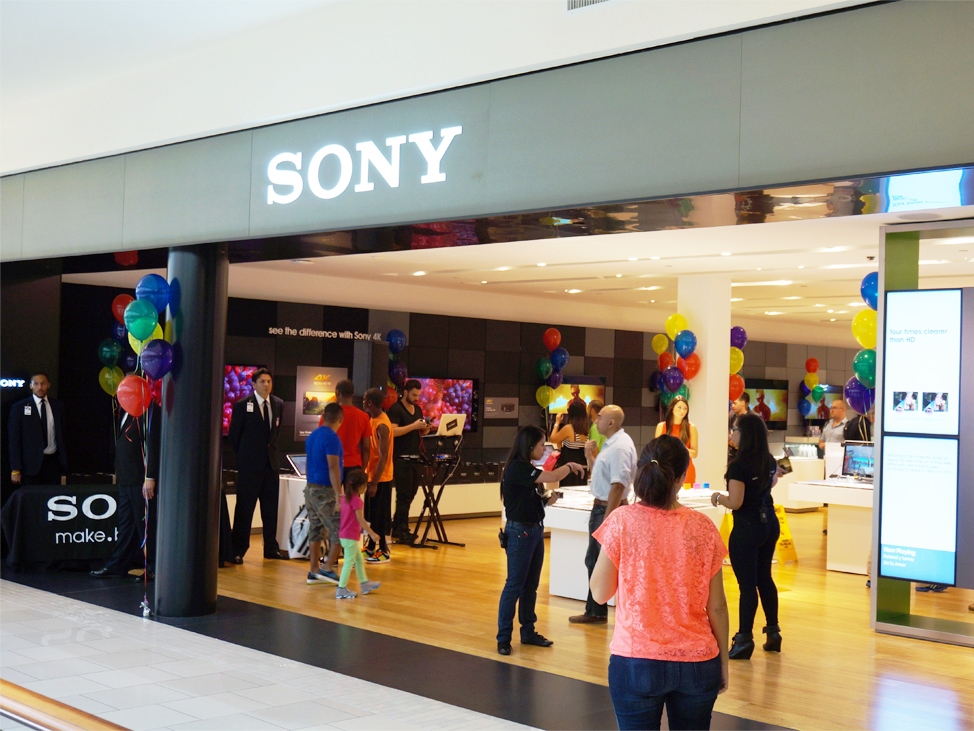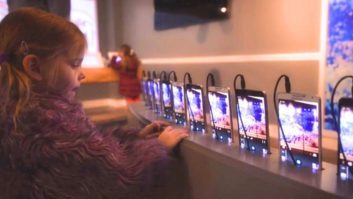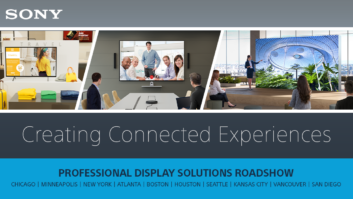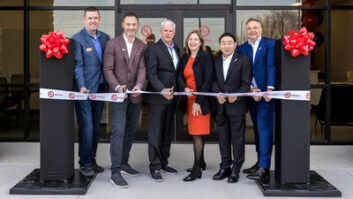
Beverly Hills, Calif. — Sony president Mike Fasulo said today that Sony will phase out eight of its remaining 10 company-operated Sony Stores, but will expand its retail footprint through the dealer channel by rolling out about 100 more Sony Experience in-store shops.
The eight targeted Sony Stores will close over the next fiscal year, leaving only its Los Angeles and flagship New York locations.
The move comes amid continuing corporate losses and an A/V business restructuring, and follows the decision in January to shut all 14 remaining Sony Stores in Canada.
It also essentially brings to a close a decade-long retail reign during which Sony became the 20th-largest CE dealer in the U.S.
But the company’s retail legacy will live on through its approximately 400 Sony Experience store-in-stores. The shops are in more than 300 Best Buy stores and nearly 100 showrooms run by other retail customers including Video & Audio Center, Bjorn’s, Starpower, P.C. Richard & Son, and ListenUp, Fasulo said.
The 100 or so additional installations will expand Sony’s use of dedicated retail space “to improve and expand our national footprint,” he said. (See Sony’s in-store plans here.)
In contrast, Sony’s own stores have had a mixed history, beginning with dealer concerns over retail competition from a key vendor.
The manufacturer began building out its U.S. store base in 2004, after testing showrooms in Beverly Hills and Costa Mesa, Calif.
Unlike its flagship storefronts in New York, Chicago and San Francisco, which served to showcase Sony products in posh, high-traffic locations, the fledgling fleet of Sony Style stores was a standalone profit-and-loss operation, with its own management and merchandising teams.
“Sony is a genuine competitor,” former PRO Group president Roger Heuberger told TWICE in 2005, citing the financing programs and sales promotions offered at the vendor-operated chain.
The shops were initially designed as 4,000-square-foot boutiques located in upscale fashion malls where Sony hoped to attract a new female customer base. (Later formats were 5,000 to 6,000 square feet.) The stores featured a tightly edited assortment of cameras, computers and portable A/V and, taking a page from Apple Stores, provided a concierge support service for shoppers.
The chain reached its peak in 2008, when Sony operated 59 Sony Style stores, including a nationwide network of outlet-mall shops and a robust e-commerce site, which together generated nearly $1 billion in revenue.
By 2011 a confluence of events — the recession, the rise of Apple and Amazon, and a TV business weakened by price competition and advances by Samsung and Vizio — had altered industry dynamics and Sony began its first round of store closures.
At the same time it developed a new retail format whose bright, open floor plan and live table-height displays once again emulated Apple’s fabled stores.
Sony feverishly remodeled its remaining store base into the new mold, while closing 11 locations in 2011 and 20 more in 2014, along with all of its outlet stores. It also experimented with even smaller-footprint formats, including 2,500-square-foot boutiques and tiny in-mall pop-up shops.
In the end, Sony’s direct-sale efforts will continue through its two remaining stores and e-commerce site.













